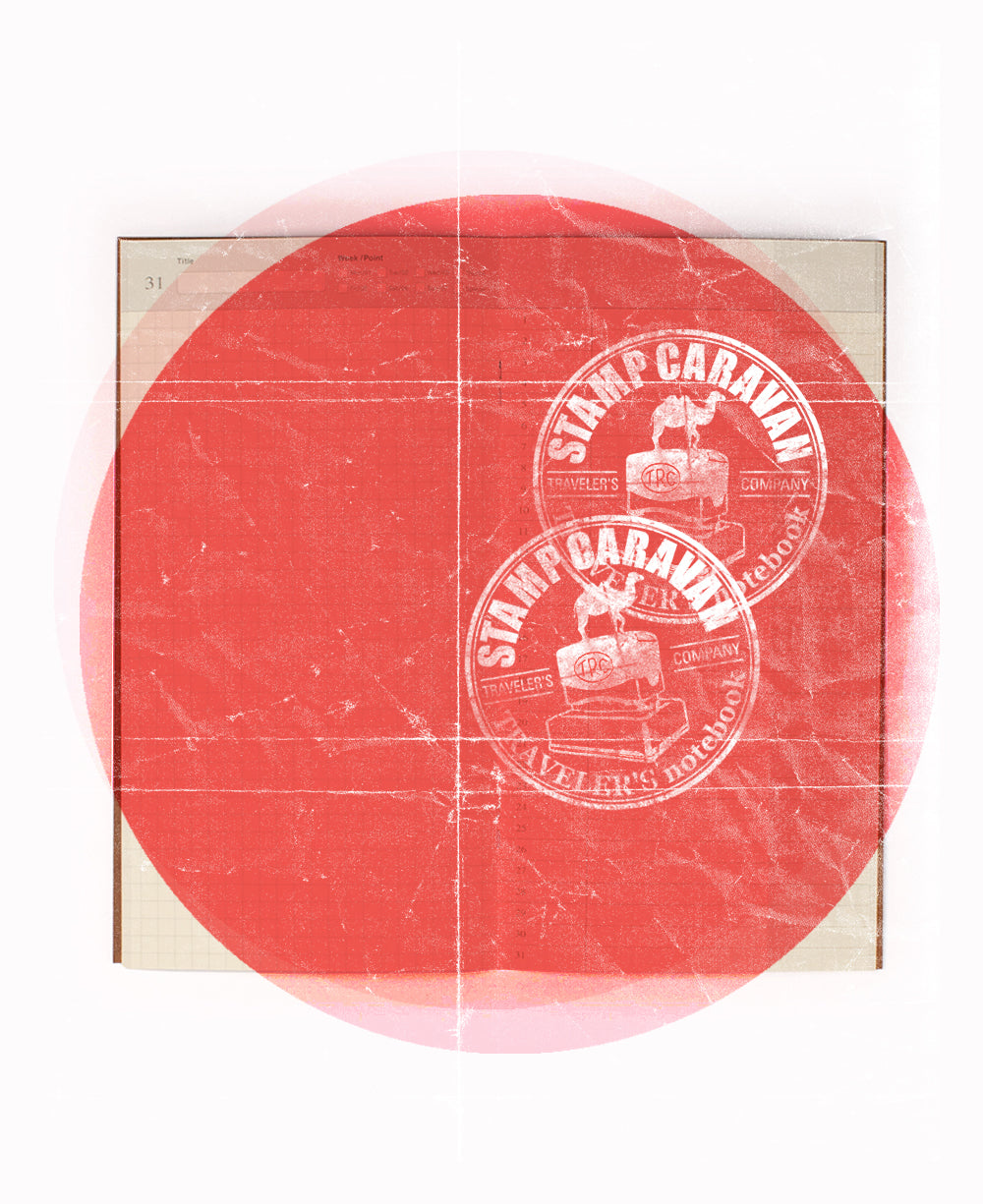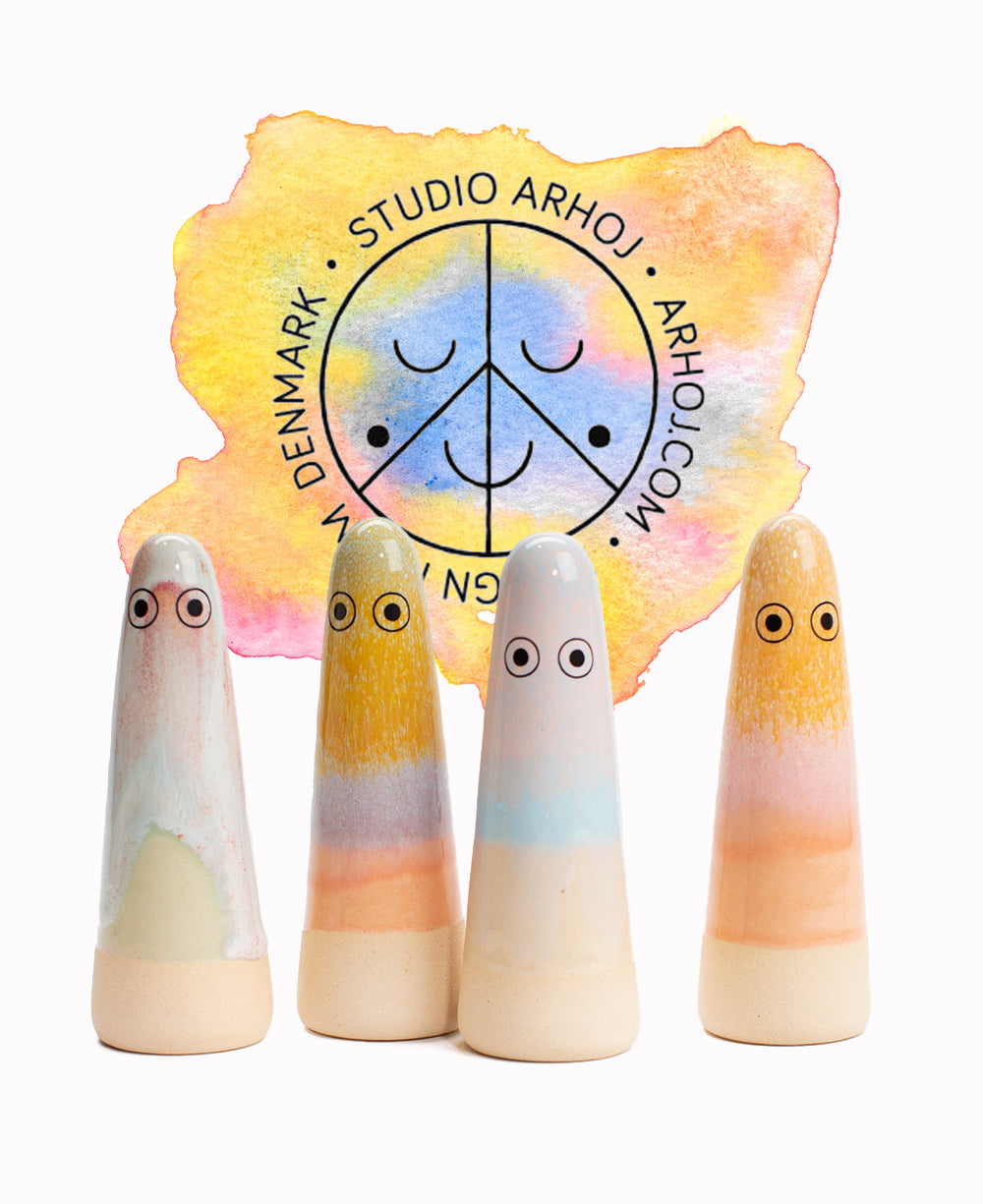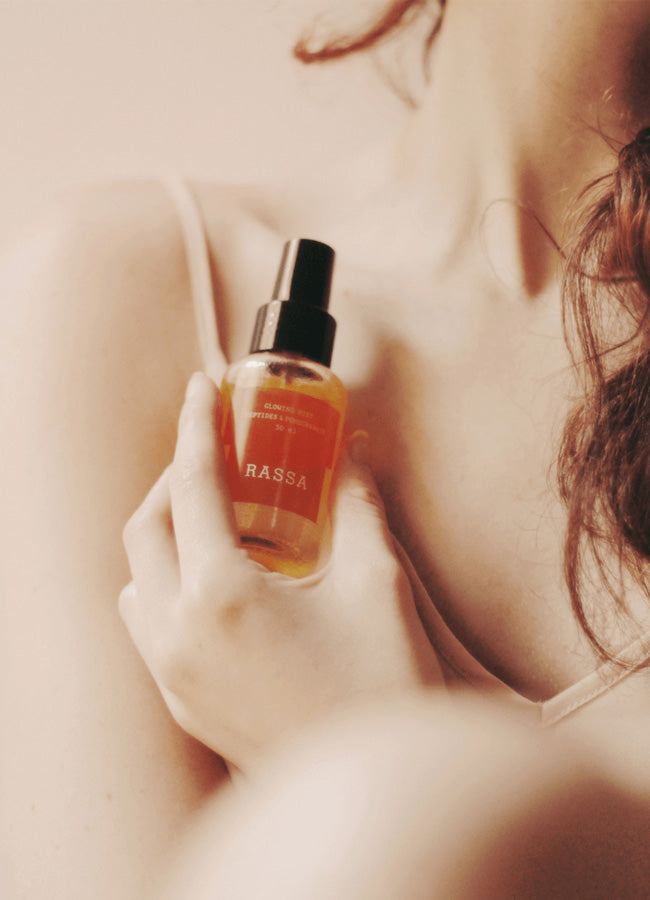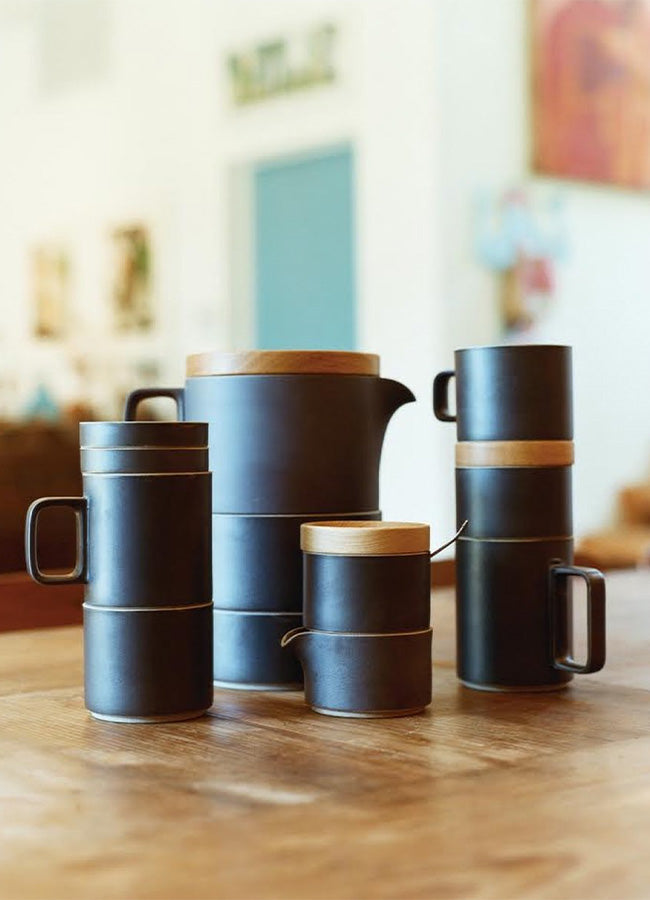11th October 2022
British Bean-to-Bar Craft Chocolate
Ethical, sustainable, and incredibly delicious!
USTUDIO are proud to stock chocolate from the leaders of the British Craft, Small-Batch, Bean-to-Bar chocolate revolution; Bare Bones in Glasgow, Chocolarder in Cornwall, Land in London and Pump Street in Suffolk.

Land Chocolate Bars available at USTUDIO
What is Bean-To-Bar chocolate and why should I care?
The term bean to bar chocolate was coined as a way for Craft chocolate makers, some of whom would be producing just a few hundred bars at a time, to distinguish their product from mass produced chocolate and that made by chocolatiers, who melt chocolate that they buy in to make chocolate confectionery.
There are a lot of problems with the traditional chocolate industry. The environmental impact of manufacture, guaranteeing fair pay and fair working conditions for farmers, and variation in the quality of cacao are all problematic within the mainstream industry.
In sharp contrast, Bean-to-Bar chocolate makers are involved at every stage of production. All the way from the cacao bean to the finished bar. This ensures the sustainability, ethics, and quality of the chocolate produced. And it also ensures that it tastes heavenly!
Craft chocolate makers buy cacao in small amounts, working directly with the farmers, and then take on the whole process of creating their chocolate, including cleaning, roasting, cracking, winnowing, and grinding the cacao beans, conching and tempering the chocolate. It is a lengthy process, but the results speak for themselves.

Pouring chocolate as part of the bean to bar process
The UK Small Batch Bean-to-Bar Revolution…
The bean-to-bar process is at the heart of all our suppliers’ chocolate making. The chocolate is handcrafted, from a raw cacao bean all the way through to a finished bar. The incredible flavour of the cacao is honoured, unlike in the mass-manufacturing process which focuses on keeping costs low and products consistent. Industrial chocolate is cheap because it is full of unnecessary and harmful fats, e-numbers and additives, and often has less than 20% cacao content.
All our suppliers make their chocolate in small batches and are involved with every step of the process, from working directly with farmers to ensure a price above the standard fair-trade model, to packaging their bars in a sustainable fashion. All Bare Bones’ packaging, for example, is sourced from inside the UK, they only use packaging that is from recycled sources, which can be recycled or composted after eating. Their cardboard is made from recycled coffee cups, and their bars are hand-wrapped in Vegware compostable sheets. And they look gorgeous, with a clean, minimalist style.
The Process...

Raw Cacoa Beans Prior to Grinding
The first job when the beans arrive from the farmer is to hand sort them, preparing them for the roast. This process involves removing spoiled beans and any foreign materials. If hand sorting through endless kilos of cocoa beans sounds time consuming, well that’s because it is!
The next stage is roasting, to bring out the natural flavour and personality of the cocoa bean- every variety is distinctly different and will be roasted accordingly. Roasting drives off volatile acids from the beans and converts amino acids and sugars into tastier fully formed flavour compounds through the browning process.
Next step is to crack open the beans and discard the unwanted husks, which at our London-based supplier, Land, takes place on a rather primitive device. It’s a hybrid of second-hand machines and a household hoover that successfully cracks open the beans and blows away the husks, leaving clean cocoa nibs ready to load up into the grinder and turn into chocolate.
Next Steps...
At the next stage, the cocoa nibs are thrown into a grinder. These machines break down the nibs and sugar over a 72 hour period into liquid form. By the end of the grind particle size reduces to something between 15-20 microns, something that feels smooth on the tongue.
The chocolate is then moved onto the conching phase for some final flavour development. This involves agitating the chocolate to improve mouthfeel, drive off any left-over volatile acids and coax out the deeper, more nuanced flavour notes.
The final step before wrapping is tempering, which gives chocolate structure and a nice shine. It involves heating and cooling down the chocolate and allowing the cocoa butter to crystallise. It’s this crystallisation which is crucial to giving chocolate its glossy finish.

Cameron and Lara Founders of Bare Bones Chocolate
Taste of the land…
Chocolarder founder, pastry chef Mike Longman, is very much inspired by his environment. As well as a Cornish honeycomb bar, Chocolarder make a Wild Gorse Flower chocolate bar, which uses gorse flowers from Cornish coastal paths to give the 50% milk chocolate a warm toasted coconut flavour with hints of fudge and hazelnut. We absolutely love the subtle flavour, which is quite unlike anything we’ve tasted before. If you’ve ever taken the time to smell a gorse bush in summer you’d know their gentle coconut scent, which works so well with the creamy milk chocolate.
But what about vegans?
Well, to quote Land founder, Phil Landers “My response to someone asking if I had a vegan or dairy-free option used to be “Just eat my dark chocolate!” as all our dark chocolate bars are vegan-friendly. Yet people crave the creamy-sweetness that milk gives chocolate, and when that’s what you’re craving, dark chocolate, however delicious, simply won’t cut it.”
So, in addition to the dark chocolate bars that our suppliers make, which are all vegan, both Land and Pump Street Chocolate make an oat milk chocolate, to satisfy vegans looking for a creamy-sweet hit.

Creamy-sweet and vegan-friendly oat milk chocolate from Land
How to eat it (yes, you really should think about this!)
Enjoying craft chocolate should be a special experience, and it is well worth being mindful to really get the most out of the experience. Using all your senses and taking your time help you get the most out of tasting. After all, chocolate has more than 400 different flavour compounds- more than fine wine! So, here are our top tips for really savouring your bean-to-bar chocolate:
The 7 Steps to Heavenly Taste - how to eat craft chocolate
1. Look at the bar. It should be shiny and glossy. There should be no ‘bloom’ (white streaks) on the surface, and, in most cases, very few air bubbles.
2. Touch the bar – break off a piece. It should make a nice ‘snap’. This shows that the chocolate has been well tempered.
3. Smell the chocolate. Does it smell of nuts, berries, flowers, citrus? What other smells do you notice?
4. Taste the chocolate. Place a piece in your mouth and let it melt. Don't be tempted to chew it! How does it feel? Is it creamy or grainy?
5. Breathe in as the chocolate melts to engage your taste buds and your sense of smell. What do you notice now? You may pick up earthy or spicy scents, fruity or smoky. Or maybe something completely different!
6. Stay with this mindful attitude to notice the ‘finish’ of the chocolate; that is, the taste that lingers in your mouth. Good chocolate will linger meaning you can leave that next piece for awhile longer.
7. Make sure you enjoy it! This slow approach to tasting really suits Craft Bean-To-Bar chocolate, after all, the makers have taken a slower approach to get the bar just right, it would be a shame just to wolf it down without paying attention to its complexities and quality!
Staff favourites (of course, it is our duty to try the chocolate we sell!)
TC loves the multiple award-winning Madagascar Milk from Pump Street Chocolate, which has notes of caramel and treacle and the zesty finish characteristic of Madagascan beans. “It’s impossible to leave a bar unfinished once you start it, and I will only share it with my very favourite people!” he says.
Mani and Jake want to give a shout out to Bare Bones’ Dominican 68% Salted Dark Drinking Chocolate which has tastes of salted caramel and roasted hazelnuts (yes, we also stock this at USTUDIO!) “This is just the best drinking chocolate I’ve ever tasted!” says Mani. “They grind the Maldon sea salt with the chocolate for 24 hours and it ends up as this yummy intensely chocolatey taste with a savoury hit from the salt, it’s just amazing!” says Jake.
Anna loves the Land Milk Collection, “6 mini chocolate bars, 3 different types, and all utterly delicious!” she says. “A great gift or a special treat for yourself if you find it hard to choose.”
Gem loves the Cinnamon Toasted Cocoa Nibs from Chocolarder but in fact rates all of the stores bars so it was difficult to pin it down! “The cinnamon nibs give a delicious crunchy pop and the chocolate is divine.”
Blog post by Anna for USTUDIO










